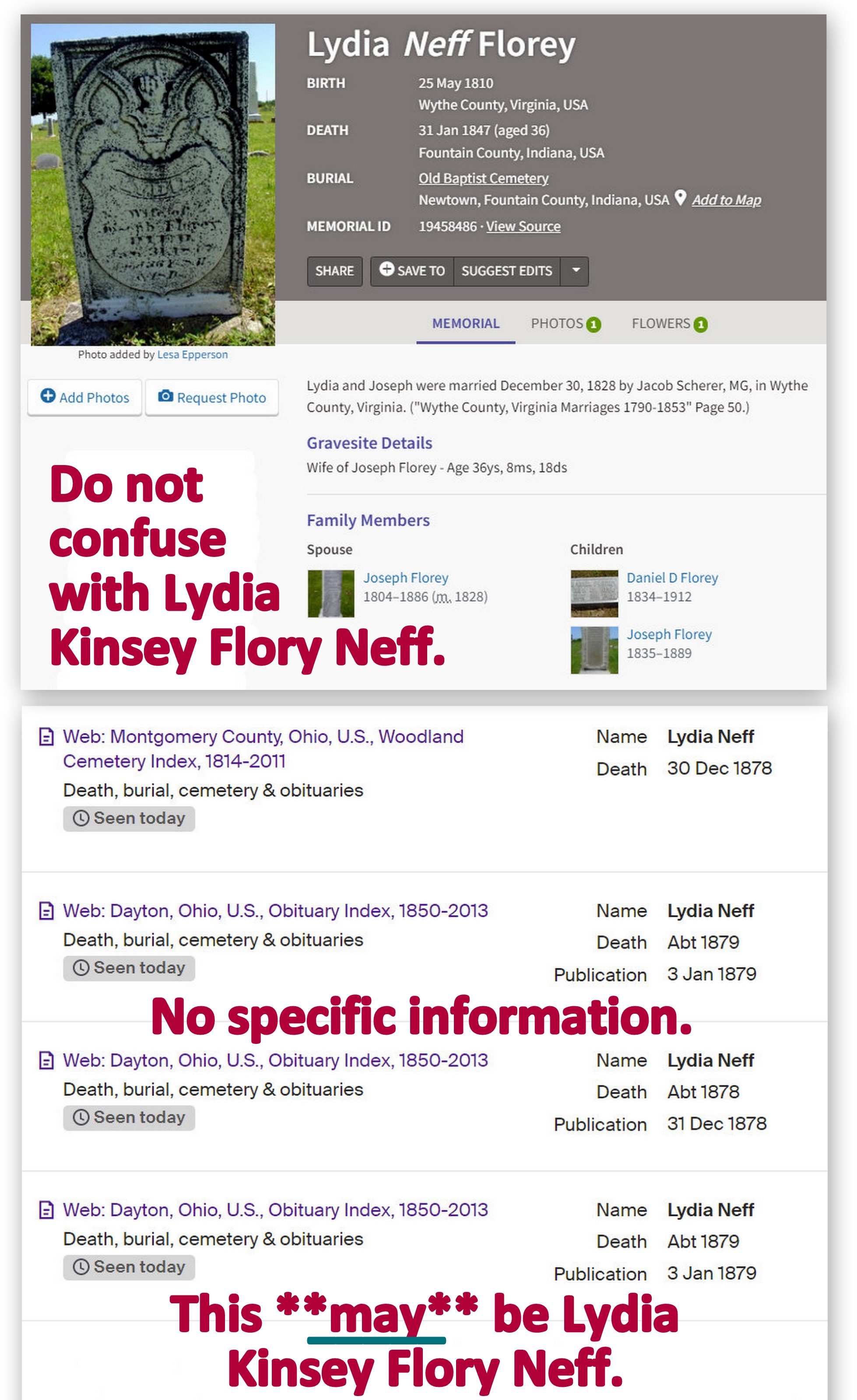Time is a fascinating concept that shapes our daily lives, guiding our actions and determining the rhythm of our existence. Among the many markers of the day, the phrase “three quarters to noon” holds a special place, evoking images of bustling midday activities and the anticipation of lunch. As the clock approaches this particular moment, a sense of urgency and excitement fills the air, marking the transition from morning to afternoon. Understanding the significance of this time can provide insights into our daily routines and the cultural importance of noon in various societies.
At three quarters to noon, many people find themselves caught up in a whirlwind of tasks, whether itâs finishing up a morning meeting, wrapping up work projects, or gearing up for a well-deserved break. This time serves as a reminder to pause and reflect on what has been accomplished and what lies ahead. In a world where time management is crucial, recognizing these small milestones can greatly enhance productivity and well-being.
Moreover, the phrase “three quarters to noon” invites us to explore the deeper meanings associated with time. It encourages us to consider how we allocate our hours and moments, ultimately shaping our experiences. As we delve into the intricacies of this time marker, we will uncover its relevance in our lives, its historical significance, and even its representation in popular culture.
What Does Three Quarters to Noon Represent?
At its core, the phrase “three quarters to noon” signifies a specific moment in timeâ11:45 AM. This time is often associated with the transition between morning and afternoon, a period where people are either wrapping up their tasks or preparing for lunch. It represents a brief window of productivity before the day shifts gears.
How Does This Time Impact Our Daily Routines?
The significance of three quarters to noon can be observed in various aspects of our daily routines. For many, it serves as a mental checkpoint, prompting individuals to evaluate their progress. Are they on track to meet their goals for the day? This moment can also be a signal to refocus and prioritize tasks as the day moves forward.
Can Three Quarters to Noon Influence Our Productivity?
Absolutely! The notion of three quarters to noon can play a pivotal role in enhancing productivity. By recognizing this time as a natural break, individuals can strategically plan their schedules. Here are some tips on how to maximize productivity around this time:
- Set specific goals to accomplish before noon.
- Use this time to review what has been achieved.
- Plan a refreshing break to recharge before the afternoon.
- Engage in quick mindfulness exercises to maintain focus.
What Are the Cultural Significances of Noon?
Noon has been culturally significant across various societies. It often symbolizes the time for meals, gatherings, and important rituals. In many cultures, noon is the time when the sun is at its highest point, marking a moment of reflection and gratitude.
How Is Noon Celebrated Around the World?
Different cultures have unique ways of observing noon. Some common practices include:
What Role Does Technology Play in Our Perception of Time?
In the modern age, technology has transformed how we perceive and manage time. With smartphones and digital calendars, the concept of three quarters to noon has evolved. We can set reminders and alarms to ensure we stay on track. However, this reliance on technology can sometimes lead to a disconnect with the natural flow of time.
Who Benefits from Understanding the Significance of Three Quarters to Noon?
Understanding the significance of three quarters to noon benefits everyone. From students to professionals, recognizing this time can help individuals optimize their schedules and improve overall productivity. By being mindful of this moment, people can cultivate a more balanced approach to their daily activities.
Can Awareness of Time Improve Our Mental Health?
Indeed, awareness of time can significantly impact mental health. By acknowledging moments like three quarters to noon, individuals can reduce stress and anxiety associated with time management. Taking short breaks to reflect and recharge can lead to improved focus and mental clarity.
How Can We Implement Time Awareness in Our Everyday Lives?
Implementing time awareness is easier than it seems. Here are some practical tips:
- Set reminders for important tasks around notable times like three quarters to noon.
- Practice mindfulness by taking a moment to breathe and refocus.
- Engage in planning sessions at the start of the day to map out goals.
- Reflect on your achievements at the end of each day.
Final Thoughts on Three Quarters to Noon
The phrase “three quarters to noon” is more than just a marker on a clock; it represents a pivotal moment in our daily lives. By embracing the significance of this time, we can enhance our productivity, cultivate mindfulness, and appreciate the cultural richness associated with noon. As we navigate our busy lives, let us take a moment to pause at three quarters to noon, reflect on our actions, and prepare for the journey ahead.
Unveiling The World Of Jadelidamelio: A Rising Star
Exploring The Fascinating World Of Johnny Sins As A Doctor
Madiopolis: A Journey Through The Enigmatic City



ncG1vNJzZmickaG8s7GNppxnrZtksaq%2FwqitnqqZo7RuwMeeZKaZl56wbrvFZquipZViwamxjKygoKaZm7akrc2cnGanlmLBqb7EnmSqrZGnwaa%2B0marqGWepLyvesetpKU%3D